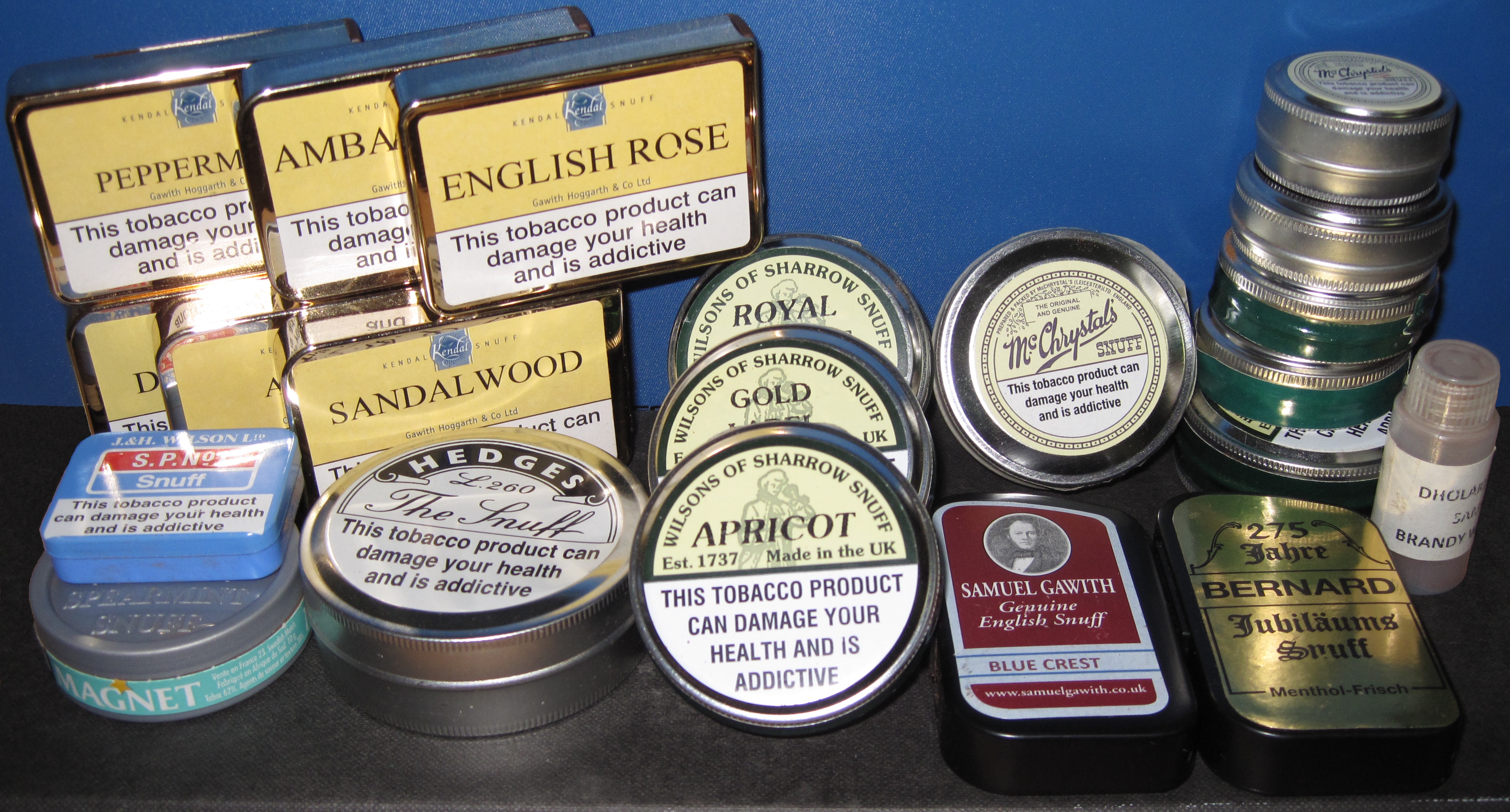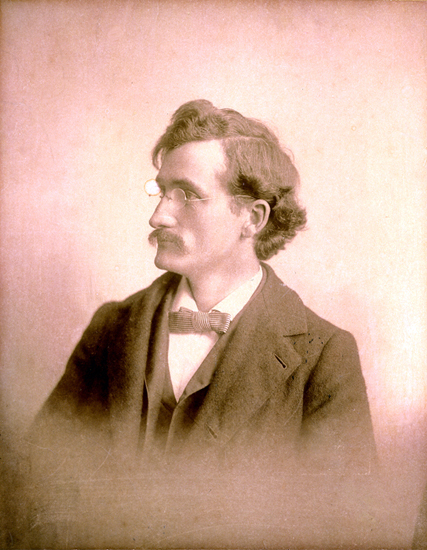|
Tobacco Industry
The tobacco industry comprises those persons and companies who are engaged in the growth, preparation for sale, shipment, advertisement, and distribution of tobacco and tobacco-related products. It is a global industry; tobacco can grow in any warm, moist environment, which means it can be farmed on all continents except Antarctica. According to the WHO Framework Convention on Tobacco Control, the "tobacco industry" encompasses tobacco manufacturers, wholesale distributors and importers of tobacco products. This Evidence-based policy, evidence-based treaty expects its 181 Ratification, ratified member states to implement public health policies with respect to tobacco control "to protect present and future generations from the devastating health, social, environmental and economic consequences of tobacco consumption and exposure to tobacco smoke." Tobacco, one of the most widely used Addiction, addictive substances in the world, is a plant native to the Americas and historically ... [...More Info...] [...Related Items...] OR: [Wikipedia] [Google] [Baidu] |
Cigar
A cigar is a rolled bundle of dried and Fermentation, fermented tobacco leaves made to be Tobacco smoking, smoked. Cigars are produced in a variety of sizes and shapes. Since the 20th century, almost all cigars are made of three distinct components: the filler, the binder leaf which holds the filler together, and a wrapper leaf, which is often the highest quality leaf used. Often there will be a cigar band printed with the cigar manufacturer's logo. Modern cigars can come with two or more bands, especially Cuban cigars, showing Limited Edition (''Edición Limitada'') bands displaying the year of production. Cigar tobacco is grown in significant quantities primarily in Brazil, Central America (Costa Rica, Ecuador, Guatemala, Honduras, Mexico, Nicaragua, and Panama), and the islands of the Caribbean (Cuba, the Dominican Republic, Haiti, and Puerto Rico); it is also produced in the Eastern United States (mostly in Florida, Kentucky, Tennessee, and Virginia) and in the Mediterrane ... [...More Info...] [...Related Items...] OR: [Wikipedia] [Google] [Baidu] |
Tobacco
Tobacco is the common name of several plants in the genus '' Nicotiana'' of the family Solanaceae, and the general term for any product prepared from the cured leaves of these plants. More than 70 species of tobacco are known, but the chief commercial crop is ''N. tabacum''. The more potent variant ''N. rustica'' is also used in some countries. Dried tobacco leaves are mainly used for smoking in cigarettes and cigars, as well as pipes and shishas. They can also be consumed as snuff, chewing tobacco, dipping tobacco, and snus. Tobacco contains the highly addictive stimulant alkaloid nicotine as well as harmala alkaloids. Tobacco use is a cause or risk factor for many deadly diseases, especially those affecting the heart, liver, and lungs, as well as many cancers. In 2008, the World Health Organization named tobacco use as the world's single greatest preventable cause of death. Etymology The English word 'tobacco' originates from the Spanish word ''taba ... [...More Info...] [...Related Items...] OR: [Wikipedia] [Google] [Baidu] |
Snuff (tobacco)
Snuff is a type of smokeless tobacco product made from finely ground or pulverized tobacco leaves. The Old Snuff House of Fribourg & Treyer at the Sign of the Rasp & Crown, No.34 James's Haymarket, London, S.W., 1720, 1920. Author: George Evens and Fribourg & Treyer. Publisher: Nabu Press, London, England. Reproduced 5 August 2010, It is snorted or "sniffed" (alternatively sometimes written as "snuffed") into the nasal cavity, delivering nicotine and a flavored scent to the user (especially if flavoring has been blended with the tobacco). Traditionally, it is sniffed or inhaled lightly after a pinch of snuff is either placed onto the back surface of the hand, held pinched between thumb and index finger, or held by a specially made "snuffing" device. Snuff originated in the Americas and was commonly used in Europe by the 17th century. Traditional snuff production consists of a lengthy, multi-step process, in tobacco snuff mills. The selected tobacco leaves are first subject ... [...More Info...] [...Related Items...] OR: [Wikipedia] [Google] [Baidu] |
Company
A company, abbreviated as co., is a Legal personality, legal entity representing an association of legal people, whether Natural person, natural, Juridical person, juridical or a mixture of both, with a specific objective. Company members share a common purpose and unite to achieve specific, declared goals. Over time, companies have evolved to have the following features: "separate legal personality, limited liability, transferable shares, investor ownership, and a managerial hierarchy". The company, as an entity, was created by the State (polity), state which granted the privilege of incorporation. Companies take various forms, such as: * voluntary associations, which may include nonprofit organizations * List of legal entity types by country, business entities, whose aim is to generate sales, revenue, and For-profit, profit * financial entities and banks * programs or educational institutions A company can be created as a legal person so that the company itself has limi ... [...More Info...] [...Related Items...] OR: [Wikipedia] [Google] [Baidu] |
World Health Organization
The World Health Organization (WHO) is a list of specialized agencies of the United Nations, specialized agency of the United Nations which coordinates responses to international public health issues and emergencies. It is headquartered in Geneva, Switzerland, and has 6 regional offices and 150 field offices worldwide. Only sovereign states are eligible to join, and it is the largest intergovernmental health organization at the international level. The WHO's purpose is to achieve the highest possible level of health for all the world's people, defining health as "a state of complete physical, mental and social well-being and not merely the absence of disease or infirmity." The main functions of the World Health Organization include promoting the control of epidemic and endemic diseases; providing and improving the teaching and training in public health, the medical treatment of disease, and related matters; and promoting the establishment of international standards for biologic ... [...More Info...] [...Related Items...] OR: [Wikipedia] [Google] [Baidu] |
American Cancer Society
The American Cancer Society (ACS) is a nationwide non-profit organization dedicated to eliminating cancer. The ACS publishes the journals ''Cancer'', '' CA: A Cancer Journal for Clinicians'' and '' Cancer Cytopathology''. History The society was founded on May 22, 1913, by ten physicians and five businessmen in New York City under the name "American Society for the Control of Cancer" (ASCC). The current name was adopted in 1944. At the time of founding, it was not considered appropriate to mention the word "cancer" in public and information concerning this illness was cloaked in a climate of fear and denial. The top item on the founders' agenda was to raise awareness of cancer, before any other progress could be made in funding research. Therefore, a frenetic writing campaign was undertaken to educate doctors, nurses, patients and family members about cancer. Articles were written for popular magazines and professional journals. The ASCC undertook to publish their own journal, ... [...More Info...] [...Related Items...] OR: [Wikipedia] [Google] [Baidu] |
World Lung Foundation
World Lung Foundation (WLF) is a non-profit foundation established in 2004 to support private organizations and government agencies, who work to improve lung health, predominantly in low- and middle-income countries. WLF provides financial and technical assistance to governments and non-government organizations in four priority areas: Health Communications and Information, Capacity Building, Project Management, and Operational Research. These projects are in the following lung health areas: tobacco control, asthma, and tuberculosis. The organization also works on maternal health initiatives. Activities WLF Projects WLF supports include: Research * Economic analysis * Scientific conferences * Pilot treatment programs Public health policy * Policy research * Policy communications * Advocacy Capacity building *Management/operations training *Technology transfer *Infrastructure development Public health education *Community programs *Training practitioners *Mass media ad camp ... [...More Info...] [...Related Items...] OR: [Wikipedia] [Google] [Baidu] |
Tobacco Smoking
Tobacco smoking is the practice of burning tobacco and ingesting the resulting smoke. The smoke may be inhaled, as is done with cigarettes, or released from the mouth, as is generally done with pipes and cigars. The practice is believed to have begun as early as 5000–3000 BC in Mesoamerica and South America. Tobacco was introduced to Eurasia in the late 17th century by European colonists, where it followed common trade routes. The practice encountered criticism from its first import into the Western world onward but embedded itself in certain strata of several societies before becoming widespread upon the introduction of automated cigarette-rolling apparatus. Smoking is the most common method of consuming tobacco, and tobacco is the most common substance smoked. The agricultural product is often mixed with additives and then combusted. The resulting smoke, which contains various active substances, the most significant of which is the addictive psychostimulant drug nicotine ... [...More Info...] [...Related Items...] OR: [Wikipedia] [Google] [Baidu] |
Cultivar
A cultivar is a kind of Horticulture, cultivated plant that people have selected for desired phenotypic trait, traits and which retains those traits when Plant propagation, propagated. Methods used to propagate cultivars include division, root and stem cuttings, offsets, grafting, micropropagation, tissue culture, or carefully controlled seed production. Most cultivars arise from deliberate human genetic engineering, manipulation, but some originate from wild plants that have distinctive characteristics. Cultivar names are chosen according to rules of the International Code of Nomenclature for Cultivated Plants (ICNCP), and not all cultivated plants qualify as cultivars. Horticulturists generally believe the word ''cultivar''''Cultivar'' () has two meanings, as explained in ''#Formal definition, Formal definition'': it is a classification category and a taxonomic unit within the category. When referring to a taxon, the word does not apply to an individual plant but to all plants t ... [...More Info...] [...Related Items...] OR: [Wikipedia] [Google] [Baidu] |
Species
A species () is often defined as the largest group of organisms in which any two individuals of the appropriate sexes or mating types can produce fertile offspring, typically by sexual reproduction. It is the basic unit of Taxonomy (biology), classification and a taxonomic rank of an organism, as well as a unit of biodiversity. Other ways of defining species include their karyotype, DNA sequence, morphology (biology), morphology, behaviour, or ecological niche. In addition, palaeontologists use the concept of the chronospecies since fossil reproduction cannot be examined. The most recent rigorous estimate for the total number of species of eukaryotes is between 8 and 8.7 million. About 14% of these had been described by 2011. All species (except viruses) are given a binomial nomenclature, two-part name, a "binomen". The first part of a binomen is the name of a genus to which the species belongs. The second part is called the specific name (zoology), specific name or the specific ... [...More Info...] [...Related Items...] OR: [Wikipedia] [Google] [Baidu] |
Food
Food is any substance consumed by an organism for Nutrient, nutritional support. Food is usually of plant, animal, or Fungus, fungal origin and contains essential nutrients such as carbohydrates, fats, protein (nutrient), proteins, vitamins, or Mineral (nutrient), minerals. The substance is Ingestion, ingested by an organism and assimilated by the organism's Cell (biology), cells to provide energy, maintain life, or stimulate growth. Different species of animals have different List of feeding behaviours, feeding behaviours that satisfy the needs of their metabolisms and have evolved to fill a specific ecological niche within specific geographical contexts. Omnivore, Omnivorous humans are highly adaptable and have adapted to obtaining food in many different ecosystems. Humans generally use cooking to prepare food for consumption. The majority of the food energy required is supplied by the industrial food industry, which produces food through Intensive farming, intensive agricu ... [...More Info...] [...Related Items...] OR: [Wikipedia] [Google] [Baidu] |
Agricultural Economics
Agricultural economics is an applied field of economics concerned with the application of economic theory in optimizing the production and distribution of food and fiber products. Agricultural economics began as a branch of economics that specifically dealt with land usage. It focused on maximizing the crop yield while maintaining a good soil ecosystem. Throughout the 20th century the discipline expanded and the current scope of the discipline is much broader. Agricultural economics today includes a variety of applied areas, having considerable overlap with conventional economics.Daniel A. Sumner, Julian M. Alson, and Joseph W. Glauber (2010). "Evolution of the Economics of Agricultural Policy", '' American Journal of Agricultural Economics'', v. 92, pp. 403-423. Agricultural economists have made substantial contributions to research in economics, econometrics, development economics, and environmental economics. Agricultural economics influences food policy, agricultural p ... [...More Info...] [...Related Items...] OR: [Wikipedia] [Google] [Baidu] |








